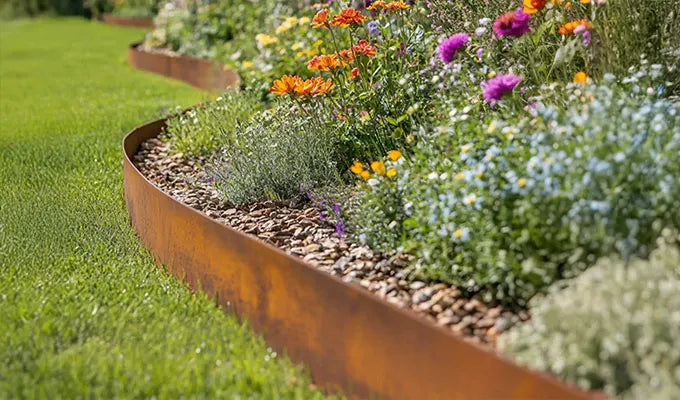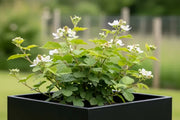The Wonderful World of Nut Trees
Bringing the joy of homegrown nuts to your garden is a truly rewarding endeavour, even here in the UK. While often associated with sunnier climes, many varieties of nut trees thrive beautifully in our temperate English climate, offering both delicious harvests and striking ornamental value to the landscape. Imagine foraging for your own cobnuts or cracking open walnuts picked straight from your tree – a dream that’s very much attainable.
For the English garden, some of the most reliable choices include hazelnuts (often referred to as cobnuts or filberts, depending on the variety), walnuts, and sweet chestnuts. These species are well-adapted to our seasonal changes, generally robust, and provide a bounty of nutritious nuts. While almonds can be grown, they require a more sheltered spot and are more susceptible to late frosts, making them a slightly more challenging prospect for the average gardener.
For those with limited space, or who wish to add a mobile element to their edible landscape, growing nut trees in planters is certainly an option for certain species. Hazelnuts, especially compact or multi-stemmed varieties, are particularly well-suited to container life, provided they are given a sufficiently large pot – think half-barrel size or bigger – filled with a good quality, soil-based compost. Adequate drainage is crucial. Container-grown trees will demand more frequent watering, particularly during dry spells, and regular feeding to replenish nutrients.
When it comes to how to grow nut trees, a few fundamental principles apply. Choose a site with plenty of sunlight, ideally sheltered from strong winds, which can damage young growth and emerging nuts. Most nut trees prefer a well-drained, fertile soil. Walnuts, for instance, favour neutral to slightly alkaline conditions. Plant bare-root trees in autumn or winter, and container-grown specimens any time of year, avoiding frosty periods. Dig a hole twice as wide as the root ball and just as deep, ensuring the root collar is level with the soil surface. Firm the soil gently around the roots and water thoroughly. Consistent watering is vital during the tree's first few years and throughout dry periods to ensure establishment.
Pruning is essential for shaping your tree, encouraging strong growth, and optimising nut production. For hazelnuts, regular pruning helps manage size and promotes a good framework for fruiting. Walnuts generally require minimal pruning, mainly to remove dead, diseased, or crossing branches. Most nut trees benefit from an annual feed with a balanced fertiliser in spring. Consider pollination too; while many hazelnuts are partially self-fertile, planting two different varieties often yields a much better crop. Walnuts and sweet chestnuts are usually self-fertile, bearing both male and female flowers on the same tree.
Understanding when your nut trees flower or fruit is key to anticipating your harvest. For hazelnuts (cobnuts/filberts), the flowers appear remarkably early in the year, often in late winter or early spring (February-March), before the leaves emerge. The male flowers are prominent yellow catkins, while the tiny, almost unnoticeable female flowers have distinctive red tufts. The nuts then mature and are ready for harvesting from late August through September, typically falling from their husks when ripe.
Walnut trees produce their flowers later in the spring, usually in May or June. Both male catkins and smaller, green female flowers are borne on the same tree. The large, edible nuts then develop over the summer months, maturing and dropping from the tree in late September or October, ready for collection.
Sweet chestnut trees bloom in late spring to early summer, typically in June or July, displaying long, creamy-white catkins. The nuts are encased in formidable, spiky burrs which split open in October, revealing the glossy brown chestnuts ready for gathering.
While almonds can be grown in exceptionally sheltered, warm spots, their early flowering habit makes them vulnerable to late frosts. They typically blossom in February or March with beautiful pink or white flowers, and the nuts would then mature by late summer or early autumn.
Embarking on the journey of growing nut trees can transform your garden into a productive and beautiful space, offering delicious rewards for years to come. With a little care and patience, you can enjoy the fruits of your labour, literally, from the wonderful world of nut trees.





















